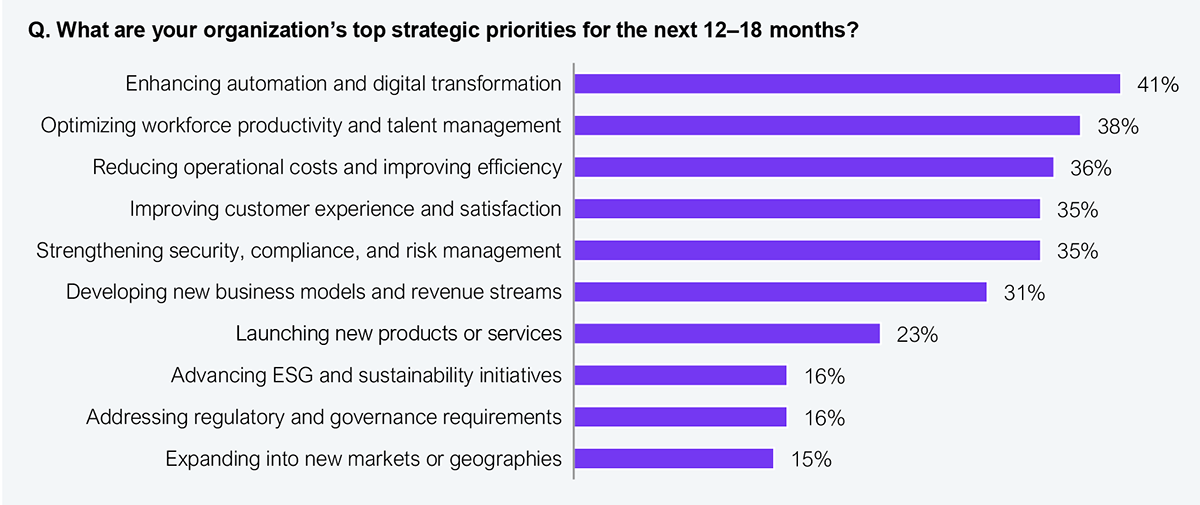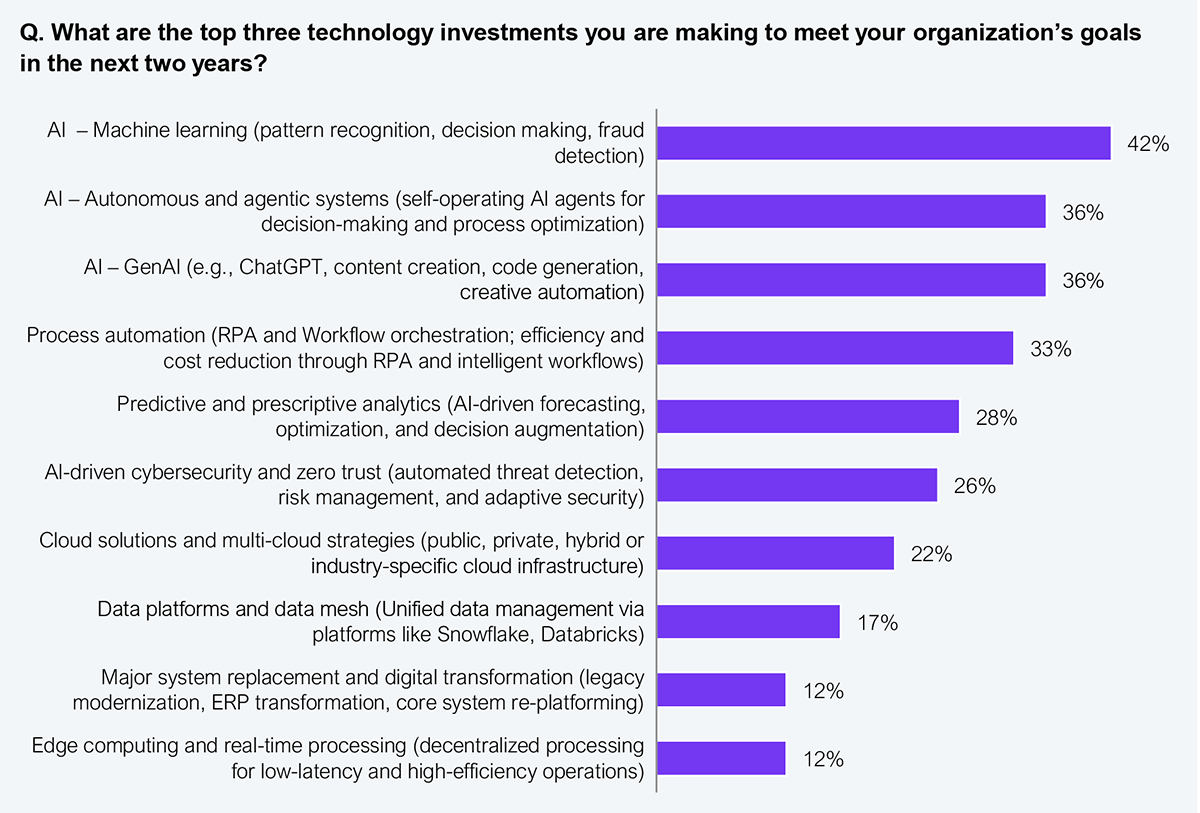Manufacturers today face tremendous pressure on multiple fronts—from geopolitical risks and global tariffs to supply chain snags. To protect margins and minimize data, labor, and regulatory risks, they’re turning to emerging technologies, blending information technology (IT), operational technology (OT), and engineering technology (ET) with AI. But technology alone isn’t enough. Manufacturers need cost-effective, culturally aligned partners to help them rethink “where” to build.
That’s where Hitachi Digital Services (HDS) leads: the company is doubling down on Vietnam’s affordable talent and client-centric culture, costs, and infrastructure. Over the past two decades, it has been expanding its Vietnam Delivery Center (VDC) capabilities into an IT-OT-ET integration center of excellence (CoE) focused on discrete and process-driven manufacturing. At its recent Analyst and Advisor Day in Ho Chi Minh City, HDS demonstrated its HMAX (Hyper Mobility Asset Expert) suite, IT-OT-ET integration capabilities, and agentic AI solutions under the Hitachi Application Reliability Centers (HARC) framework, along with AI-enabled solutions deployed for global clients.
Manufacturers have long wanted to automate their processes by integrating IT and OT to create autonomous systems. However, data complexity and legacy technologies have stalled their progress. Now, the emergence of generative AI (GenAI) and advanced AI technologies is accelerating this transformation and driving automation across the entire value chain, from requirement generation to meeting end-customer needs.
Recent HFS Pulse data underscores this shift. Among the 145 companies surveyed, 40% focus on enhancing automation and digital transformation, improving customer experience, and optimizing workforce by reducing operational costs and risks (see Exhibit 1). Around 38% prioritize workforce productivity, operational costs, and customer experience. This shows a massive demand for IT-OT-ET convergence and automation in every step of the manufacturing or business process.

Note: The percentage total is not 100% due to multiple options for the respondents.
Sample: 145 Forbes’ Global 2000 enterprise leaders in manufacturing, energy and utilities, media and telecom, life sciences, retail, banking, and transportation and logistics responses.
Source: HFS Pulse, 2025
Asia, in particular, has a growing appetite for transformation. HDS sees demand from large enterprises in China, Japan, Thailand, Australia, South Korea, and India—which together account for more than 300 of Forbes’ top 1,000 companies. The digital transformation (DX) market in Asia (excluding Japan) is expected to reach $960 billion, growing at a 16% CAGR until 2027, while Japan’s DX market is estimated at $150 billion, growing at 12%. The AI-led segment represents 10–15% of this market, expanding at 30% annually with the advances in system development and social infrastructure.
The HFS Pulse data also revealed that over 40% of the surveyed companies plan to invest in AI and machine learning, autonomous and agentic AI, and GenAI over the next 18–24 months (see Exhibit 2). Their goal is to enhance efficiency and reduce operational costs. Other focus areas include predictive and prescriptive analytics, cybersecurity, and cloud solutions. With its engineering background and the Lumada platform, which has decades of data, HDS is well-positioned to capture a significant market share in these sectors.

Sample: 145 Forbes’ Global 200 enterprise leaders in manufacturing, energy and utilities, media and telecom, life sciences, retail, banking, and transportation and logistics. The percentage total is not 100% due to multiple options for the respondents.
Source: HFS Pulse, 2025
Vietnam offers a unique combination of resources, including a large talent pool, skilled professionals, and cost-effectiveness, all supported by multilingual capabilities in Vietnamese, English, and Japanese. With a tech workforce of approximately 500,000 and around 57,000 IT graduates entering the market each year, its IT services sector is expected to grow from $2 billion in 2024 to $3.2 billion by 2028. Furthermore, development costs in Vietnam are estimated to be 30–50% lower than in India.
HDS’ IT-OT-ET convergence CoE in Vietnam, centered on Lumada, transforms a large installed base and expertise into digital assets and recurring services, shifting from traditional projects to the Services-as-SoftwareTM model. It provides capabilities for agentic and GenAI applications through HARC Agents and the R2O2 framework (Reliable, Responsible, Observable, and Optimal). These AI agents are used in the industrial, operational, engineering, cloud, security, and analytics domains and can be leveraged as Services-as-Software. Managed by the HARC Agents, the Agent Management System (AMS) serves as a control and observability platform, ensuring oversight, memory-poisoning and drift detection, and red-teaming processes with human safeguards.
Through its “One Hitachi” approach, HDS leverages its delivery centers in Vietnam as a nearshore solution for Asian manufacturers. With its comprehensive capabilities, strong engineering foundation, extensive global presence, and unique go-to-market strategies developed over the years, manufacturers will have access to a culturally connected, cost-effective AI model and advanced IT-OT-ET integration solutions. The VDC next-gen capabilities deliver 10–30% savings and productivity gains across the software development lifecycle (SDLC). For instance, HDS modernized fraud analytics for more than 30 million telecom clients on AWS Lakehouse. Similarly, a transport and logistics client saved about $18 million annually with AI-driven diagnostics by predicting breakdowns and enhancing runtime.
Vietnam isn’t just cheaper; it’s where Asia’s AI-led IT-OT-ET transformation is being engineered. Manufacturers can no longer afford to view offshore delivery as a support function—but as an innovation hub. They must demand innovation at scale, industrial-grade AI, and regionally tuned execution. If your current partner isn’t giving you that, Vietnam is open for business and HDS is already building on that.
Register now for immediate access of HFS' research, data and forward looking trends.
Get StartedIf you don't have an account, Register here |
Register now for immediate access of HFS' research, data and forward looking trends.
Get Started